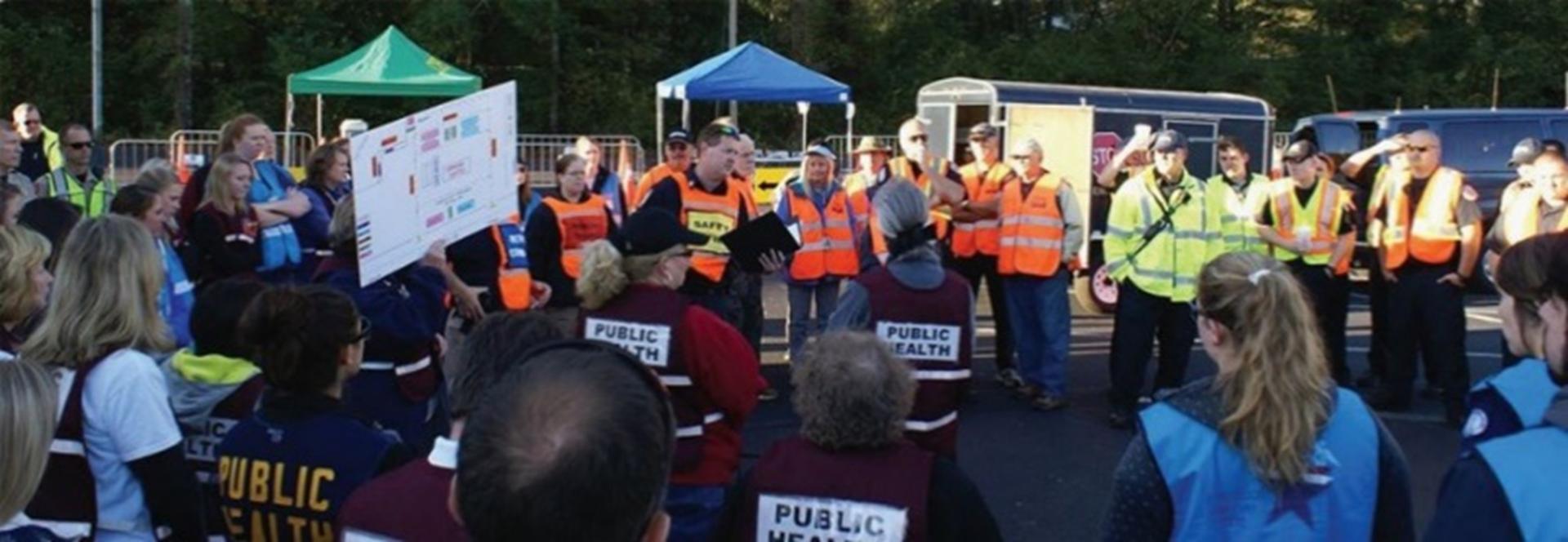During some biological incidents, federal support may be necessary to help control the spread of disease. For MCMs, HHS may support SLTT jurisdictions in several ways. As mentioned above, the SNS, which is managed by HHS ASPR, is composed of pharmaceuticals (e.g., vaccines, antibiotics, etc.), PPE, and medical supplies (e.g., equipment, surgical items, etc.) that may be required to control and/or respond to a public health emergency.69 SNS resources can be deployed to an incident area following a request from the governor of the affected state. Once delivered, the state is responsible for resource distribution; each state maintains its own distribution plan. When animals are involved in a biological incident, National Veterinary Services can provide vaccines as well as equipment for use in veterinary emergencies, including PPE and euthanasia/decontamination supplies.70
HHS ASPR also provides the TRACIE, which was created to meet the information and technical assistance needs of regional ASPR staff, HCCs, healthcare entities, healthcare providers, emergency managers, public health practitioners, and others working in disaster medicine, healthcare system preparedness, and public health emergency preparedness. Technical resources include a self-service collection of disaster medical, healthcare, and public health preparedness materials, searchable by keywords and functional areas.71
For environmental containment and decontamination, multiple federal entities may assist SLTT jurisdictions. Under ESF #10 of the NRF, the EPA is responsible for the remediation of land and public infrastructure following a biological contamination incident, including acts of bioterrorism. In addition, specially trained personnel from HHS CDC, DOJ FBI, and other federal agencies are available to support decontamination efforts during biological incident response.
To address wildlife disease and vector reservoirs, USDA APHIS works in close collaboration, communication, and coordination with the U.S. DOI and other FSLTT agencies that have primary jurisdictional authority and subject matter expertise for wildlife.72 In wildlife disease incidents that may affect public health, USDA APHIS and DOI collaborate with FSLTT public health agencies. HHS CDC helps track human cases of vector-borne diseases.73 In vector-borne agricultural disease incidents that also involve public health, USDA APHIS collaborates with HHS CDC.74



